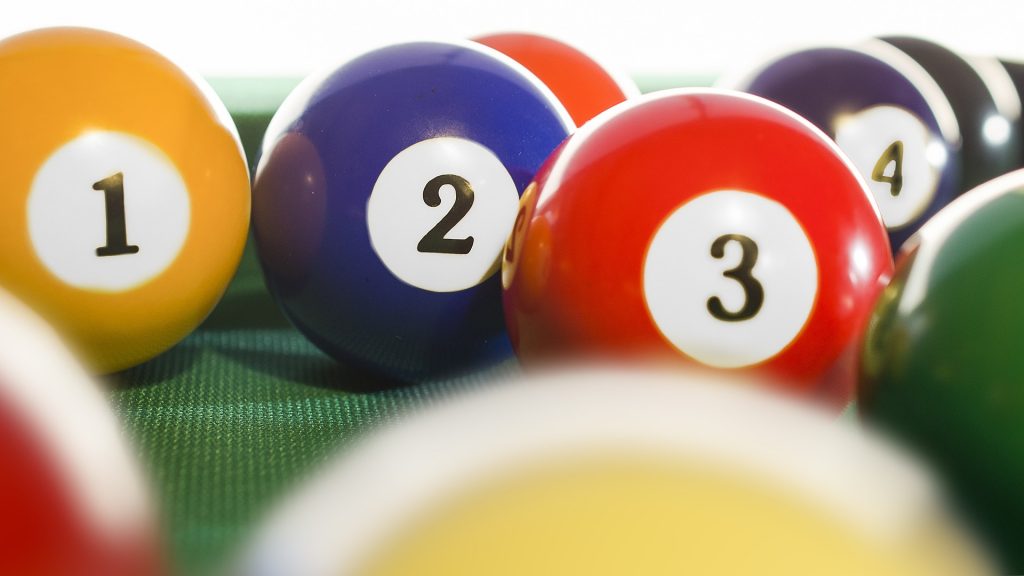
Using the right stick and Why It Matters
The satisfying crack of a well-executed break shot is a thing of beauty in the world of pool. But using the wrong cue can not only dampen your billiards brilliance, it can also damage the cue itself. Now let’s talk about what cues you can break with.
This article will be your guide to understanding which pool sticks can get the job done.
The Science of Breaking: Force Meets Finesse
Breaking effectively is all about transferring kinetic energy from the cue to the cue ball. A good break shot scatters the balls strategically, giving you a tactical advantage. However, this forceful transfer of energy stresses the cue.
Cues designed for regular playing are crafted for precision and finesse, not brute force. Breaking with a playing cue can cause cracks, warping, and even joint failure.
Break Cues: Built to Take a Beating
Break cues are specifically designed to withstand the punishment of a powerful break shot. Here’s what makes them different from your standard playing cue:
- Weight: Break cues are significantly heavier than playing cues, typically ranging from 22 to 28 ounces. This extra heft helps you transfer more power to the cue ball.
- Tip: Break cues often have a harder, phenolic tip that can handle the forceful impact of a break shot.
- Shaft: Break cue shafts absorb shock and reduce vibration.
The Wrong Tool for the Job: Potential Consequences
While break cues are ideal for racking and breaking, using a playing cue can lead to several problems:
- Cracks and Warping: The stress of a break shot can crack the shaft or handle of a playing cue. In severe cases, the cue may even warp.
- Joint Failure: The joint where the shaft meets the butt of the cue is a vulnerable spot. Breaking with a playing cue can put excessive stress on the joint, potentially causing it to loosen or even break.
- Reduced Performance: Even if your cue survives a break shot relatively unscathed, the impact can affect its performance for regular play. The cue may feel less responsive or vibrate excessively.
Good break cues: https://www.mcdermottcue.com/break-jump-cues.php
How to avoid scratching on the break: https://billiardsguru.com/avoid-scratching-on-the-break/
Other Options for Breaking
Break cues are the safest and most effective option for breaking, but there are a couple of alternatives:
- Jump/Break Cues: These versatile cues offer a strong shaft that can be attached to a playing cue butt. They can be a good option for casual players who don’t want to invest in a separate break cue.
- Playing Cue with Caution: If you absolutely must use your playing cue in a pinch, break with a softer stroke and avoid extreme force. Be aware that this is not recommended for long-term use, and there’s a higher risk of damaging the cue.
Break with Confidence, Invest in a Break Cue
For serious pool players, a break cue is a worthwhile investment. It will protect your playing cue, improve your break technique, and potentially elevate your game. So, rack those balls with confidence, and break like a pro!
9 Ball break tips:
Discover more from Billiards and Pool
Subscribe to get the latest posts sent to your email.